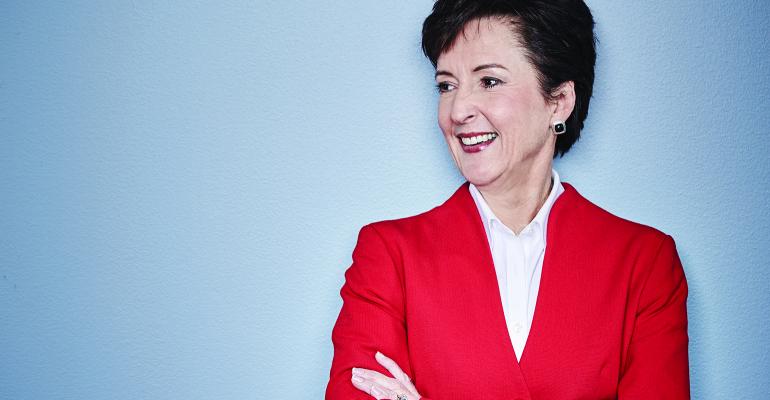When I was on an airplane recently, I saw a 2-year-old trying to make the picture on the TV screen bigger by swiping her fingers across the screen. She wasn’t quite sure why it didn’t work the way she was accustomed to. Futurists have all sorts of predictions for what that girl will be able to do with advanced technology in 25 years: fly from San Francisco to New York in half an hour, go to her appointments in a driverless car, print an umbrella on a 3-D printer for unexpected rain showers. Wherever she’s headed, I hope one of her meetings is with her financial advisor—even if it’s a holographic image of an FA.
Twenty-five years out, clients will likely expect more from their financial services firms. Today’s millennials will be nearing retirement and looking forward to a much longer life span than their parents. Will we see cures for cancer, Alzheimer’s and Parkinson’s disease in our lifetime? I hope so. But with longer life expectancy, tomorrow’s retirees will need more resources to live out their retirement years in comfort.
In the not too distant future, eye scans will determine everything we need to know about a person’s financial picture. A simple fingerprint on our phones already helps us buy groceries and pull up our airline boarding pass. But will biometrics and other technologies be able to show us a person’s hopes and dreams—their goals for a financially successful life?
Financial advisors will have so many more tools available to them in the future, but they will still need to have conversations with clients. Those conversations may come in many forms, but they are conversations nonetheless.
The life of a client is not made up of one-dimensional transactions. Their celebrations, setbacks and all of their life events affect how financial advisors work with them—both today and in the future.
With the growth of technology and alternative ways to deliver advice, it’s very easy to focus on the challenges advisors face, but we should also focus on the opportunities that technology creates for advisors.
I am hopeful that we’ll see more of today’s young people going into the financial services industry. Perhaps that little girl who tried to swipe the TV screen on the airplane will one day become a financial advisor working out of a virtual office, managing her own clients whenever and wherever they want to be.





